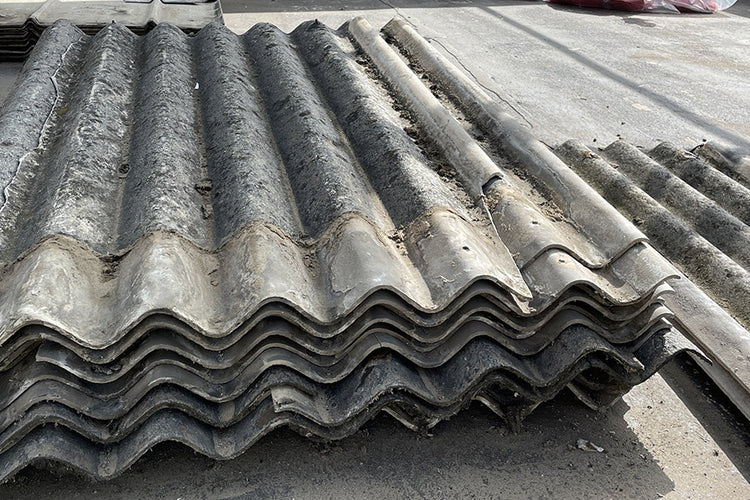If your asbestos cement sheeting or boarding is in good condition and not deteriorating then you are fine to keep it in situ. It won't be causing any harm as the material is heavily bonded and sealed by the cement.
As a precaution you may want to apply new coatings of paint / encapsulate it every few years to maintain its condition and keep it all sealed.
However, if you need to disturb the material then encapsulation isn't going to help.
